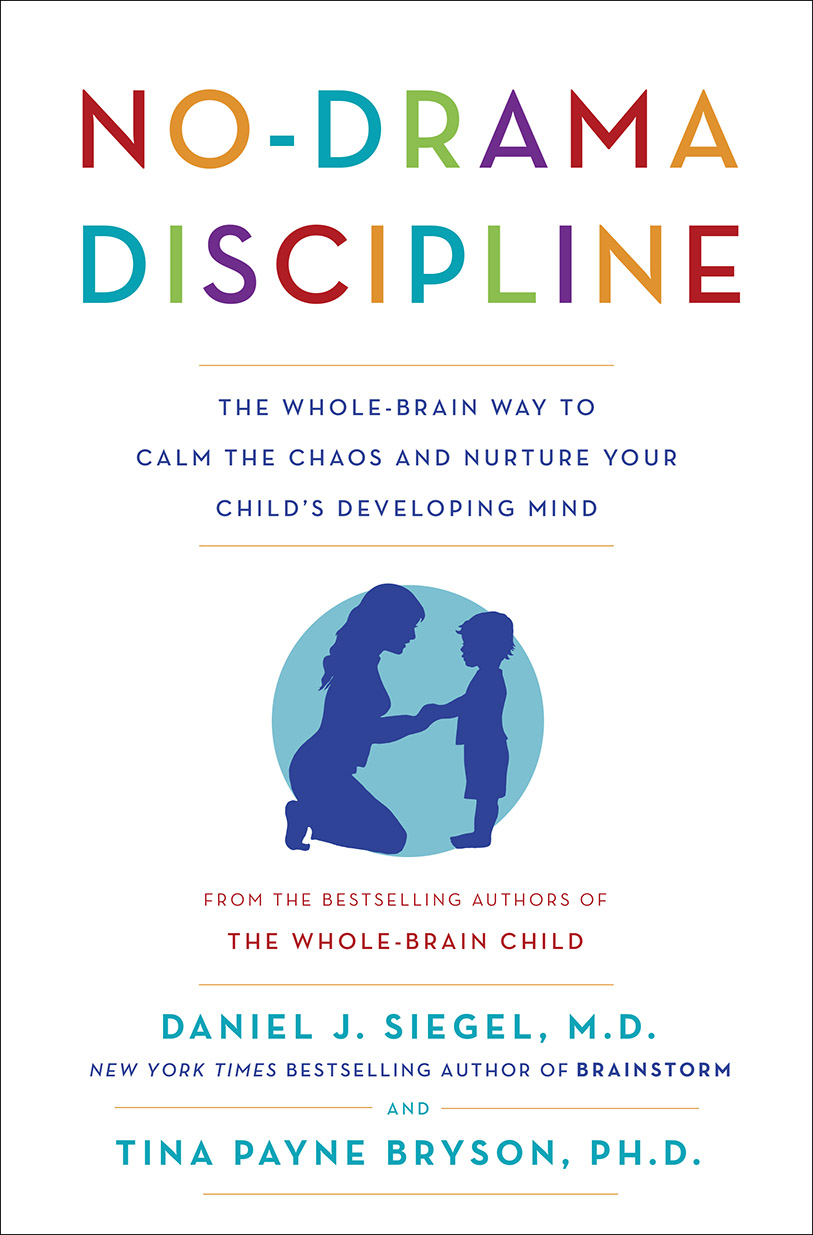
Time-out is the most popular discipline technique used by parents and the one most often recommended by pediatricians and child development experts. But is it good for kids? Is it effective? Not according to the implications of the latest research on relationships and the developing brain.
Studies in neuroplasticity—the brain’s adaptability—have proved that repeated experiences actually change the physical structure of the brain. Since discipline-related interactions between children and caregivers comprise a large amount of childhood experiences, it becomes vital that parents thoughtfully consider how they respond when kids misbehave. Discipline is about teaching – not about punishment – and finding ways to teach children appropriate behavior is essential for healthy development.
So what about time-outs? In most cases, the primary experience a time-out offers a child is isolation. Even when presented in a patient and loving manner, time-outs teach them that when they make a mistake, or when they are having a hard time, they will be forced to be by themselves—a lesson that is often experienced, particularly by young children, as rejection. Further, it communicates to kids, “I’m only interested in being with you and being there for you when you’ve got it all together.”
The problem is, children have a profound need for connection. Decades of research in attachment demonstrate that particularly in times of distress, we need to be near and be soothed by the people who care for us. But when children lose emotional control, parents often put them in their room or by themselves in the “naughty chair,” meaning that in this moment of emotional distress they have to suffer alone.
When children are overtaxed emotionally, they sometimes misbehave; their intense emotions and the demands of the situation trump their internal resources. The expression of a need or a big feeling therefore results in aggressive, disrespectful, or uncooperative behavior—which is simply proof that children haven’t built certain self-regulation skills yet. Misbehavior is often a cry for help calming down, and a bid for connection.
When the parental response is to isolate the child, an instinctual psychological need of the child goes unmet. In fact, brain imaging shows that the experience of relational pain—like that caused by rejection—looks very similar to the experience of physical pain in terms of brain activity.
On top of everything, time-outs are usually ineffective in accomplishing the goals of discipline: to change behavior and build skills. Parents may think that time-outs cause children to calm down and reflect on their behavior. But instead, time-outs frequently make children angrier and more dysregulated, leaving them even less able to control themselves or think about what they’ve done, and more focused on how mean their parents are to have punished them.
When children concentrate on their horrible luck to have such a mean, unfair mom or dad, they miss out on an opportunity to build insight, empathy, and problem-solving skills. Putting them in time-out deprives them of an opportunity to build skills that other types of discipline could focus on. Setting clear limits while emphasizing collaboration, conversation, and respect gives kids a chance to practice being active, empathic decision makers who are empowered to figure things out on their own.
Next time the need for discipline arises, parents might consider a “time-in”: forging a loving connection, such as sitting with the child and talking or comforting. Some time to calm down can be extremely valuable for children, teaching them how to pause and reflect on their behavior. Especially for younger children, such reflection is created in relationship, not in isolation. And all of this will make parenting a whole lot more effective and rewarding in the long run.
Daniel J. Siegel, M.D., co-author with Bryson of the new book No-Drama Discipline: The Whole-Brain Way to Calm the Chaos and Nurture Your Child’s Developing Mind, is clinical professor of psychiatry at the UCLA School of Medicine, the founding co-director of the UCLA Mindful Awareness Research Center, and executive director of the Mindsight institute. A graduate of Harvard Medical School, Dr. Siegel is the author of several books, including the New York Times bestseller, Brainstorm, together with the bestsellers Mindsight, Parenting from the Inside Out (with Mary Hartzell) and The Whole-Brain Child (with Bryson).
Tina Payne Bryson, Ph.D., is the co-author (with Siegel) of the best-selling The Whole-Brain Child, which has been translated into eighteen languages. She is a pediatric and adolescent psychotherapist, the Director of Parenting for the Mindsight Institute, and the Child Development Specialist at Saint Mark’s School in Altadena, CA.
More Must-Reads From TIME
- What Student Photojournalists Saw at the Campus Protests
- How Far Trump Would Go
- Why Maternity Care Is Underpaid
- Saving Seconds Is Better Than Hours
- Welcome to the Golden Age of Ryan Gosling
- Scientists Are Finding Out Just How Toxic Your Stuff Is
- The 100 Most Influential People of 2024
- Want Weekly Recs on What to Watch, Read, and More? Sign Up for Worth Your Time
Contact us at letters@time.com